Walking the Camino Inglés podcast
The Camino de Santiago has experienced a resurgence in popularity over the past couple of decades, and now, like in the middle ages, tens of thousands of people each year make their way to Santiago de Compostela in northern Spain, along the many different walkways and bike routes. Unlike the medieval pilgrims, who started their journey at their own front doors (wherever that was), most modern pilgrims head to a starting point, often Roncesvalles or St John Pied de Port, and walk from there. The Camino Francés, which travels west from the French/Spanish border, is the most popular choice, but it certainly isn’t the only Way of St James.
To listen, hit play below or find episode 249 in iTunes or Soundcloud:
Ever since I finished my first Camino, I’ve wanted to emulate the original pilgrims, but since I’m from New Zealand, walking to Santiago from my home town just isn’t practical. However, we recently spent four months in the Galician city of A Coruna, the starting point of the Camino Inglés, and we decided to mark the end of our life there by walking to Santiago.
Preparing for the Camino Inglés
The information available online wasn’t the most useful, and the local tourist office didn’t have any camino-specific brochures. Instead, they directed us to the church info office, which is only open from 7-9pm on Thursdays. We managed to get our pilgrim passports there, as well as a couple of pamphlets, but we ended up starting the walk with only a sketchy idea of the route. Our main map was Craig’s GPS, aided by a rough plan from the Camino brochure.
Since it’s a three-day walk, we needed accommodation for two nights. There’s a pilgrim albergue in Bruma, about 35km from A Coruna, but weren’t going to stay there as a friend of ours has a place in Hervés, a bit off the route but closer to the start. For the second night, we had the phone number of a hotel in Sigüeiro, where there’s no albergue.

The walk
After closing our front door for the last time, we headed to the traditional starting point, the church of St James in A Coruna’s Old Town, where we met Alba, the first of our two walking companions. Further on, we were joined by Lucia, who had started walking from her front door. This was another novelty for us — on our previous two Caminos it had just been the two of us; this time we had a group.
Like the other caminos we’ve been on, the terrain of the Camino Inglés varied. The route out of A Coruna was all city footpaths, but we walked past a lake and into forest after a while.
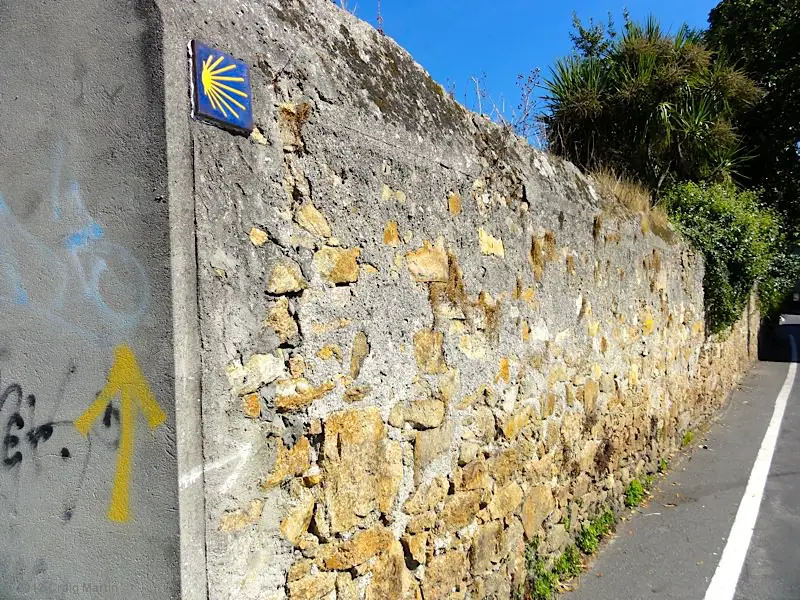
Waymarking
The waymarking was a bit hit-and-miss. Leaving Coruna, there were a few scallop shells marking the path, but we really needed the directions we’d been given to find our way out. A sudden flurry of arrows gave us hope, but we lost the way shortly afterwards when they abruptly disappeared.
When we rejoined the Camino after our diversion, a misleading arrow pointing left took us down a farm path that dwindled into nothing; we should have followed the contradictory markings on the road, which pointed straight ahead.
Arrival
Since the Camino Inglés from A Coruna is only 75km, we didn’t qualify for the certificate of pilgrimage, as you must walk at least 100km to get one.
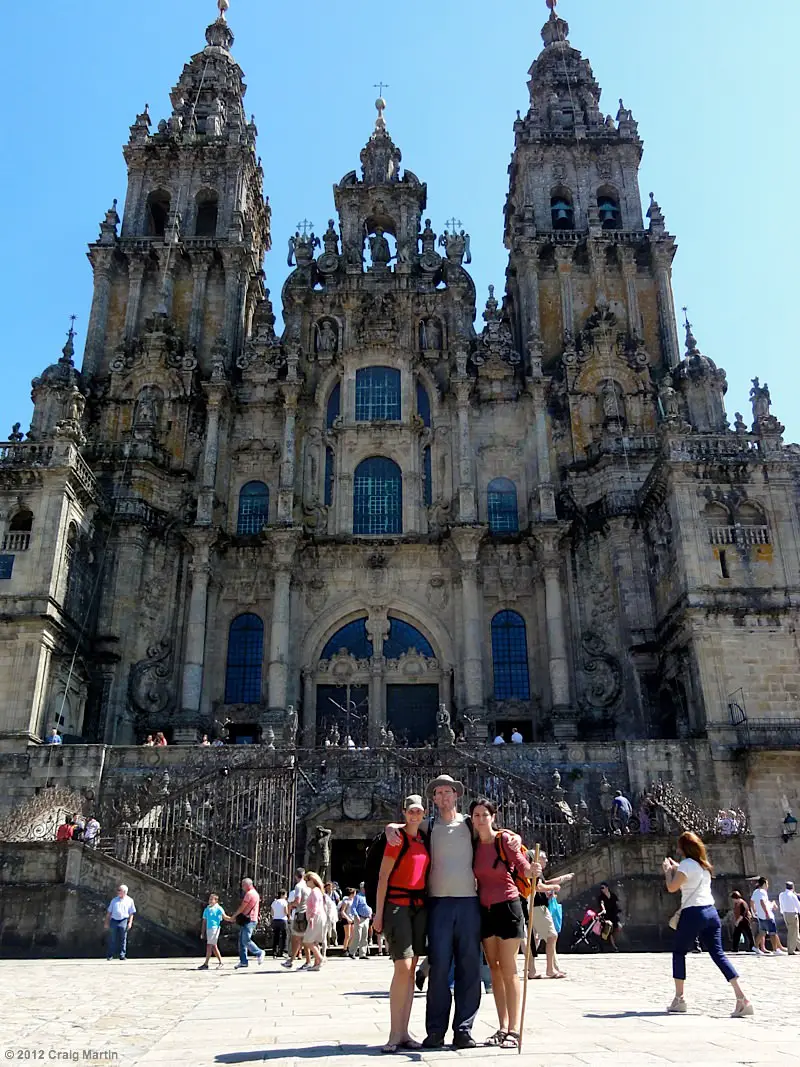
Final thoughts
The strangest thing about this route was the complete lack of contact with other pilgrims. We probably would have encountered some if we’d stayed in the albergue in Bruma, but the first sight of other walkers was when we entered Santiago. We also had private accommodation on both nights of the route, which made it a lot more luxurious than our previous Camino experiences.
Having a better map and a more exact idea of daily distances certainly would have been good, but it wouldn’t have prevented us getting lost — we were misled by an arrow. And, although it was satisfying to walk from home to Santiago, three days just didn’t seem like enough — maybe next time we’ll have to find a home a bit further away.
To listen, hit play above or check in iTunes, Stitcher or Soundcloud. There’s more information on the Camino de Santiago here, or you can listen to our Camino Primitivo podcast here.

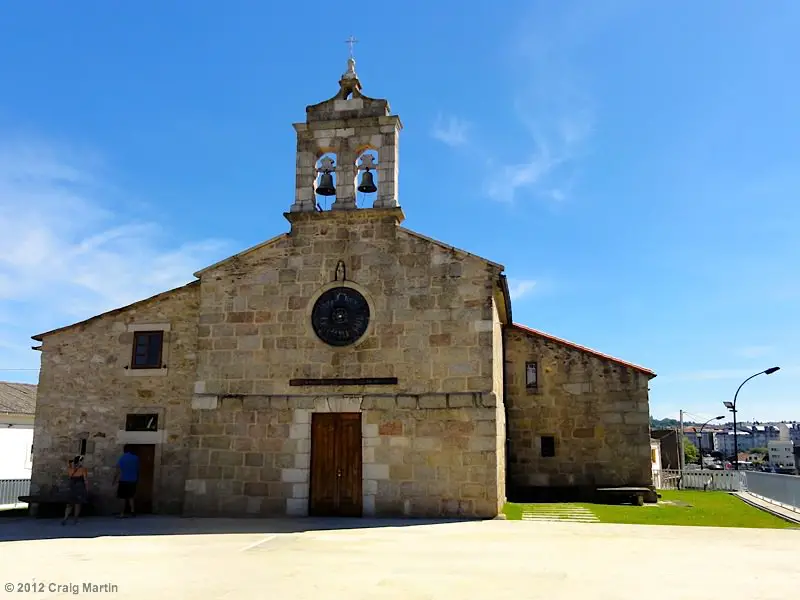
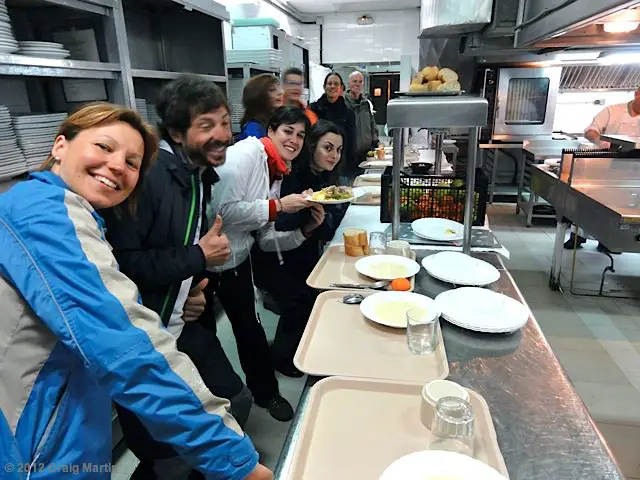
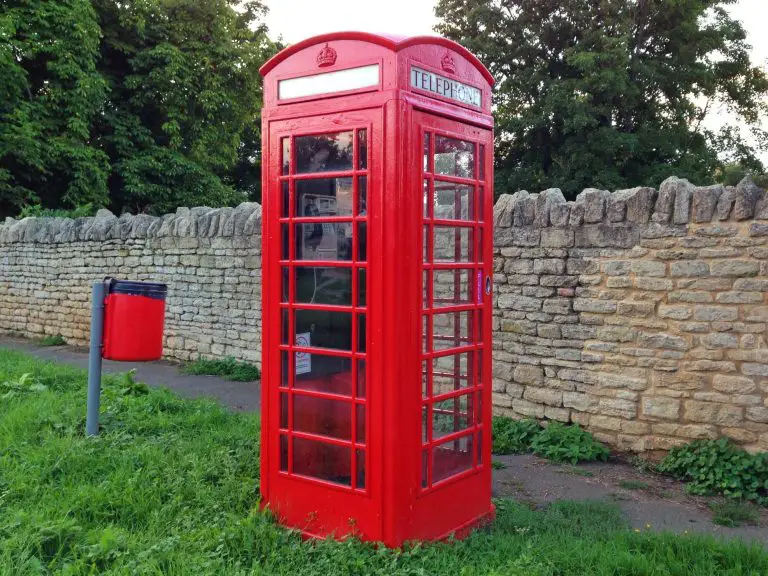

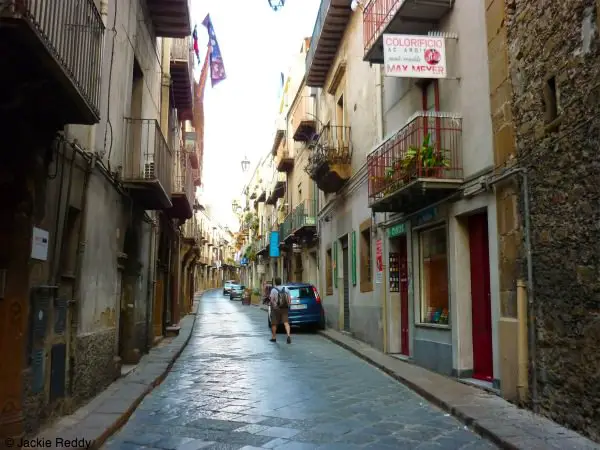


It was nice to hear your adventure in Camino Ingles via podcast. Look forward to hearing more from you.
Thanks Mike, it was a bit tough at times, but an altogether worthwhile experience. If you search for “indie travel” in any podcasting app you’ll find us there.
coo that’s intrepid! it must have been really hard to find a map and stuff. all that preperation you had to do. 3 days too, incredible, pushing the boundaries of travel you are …